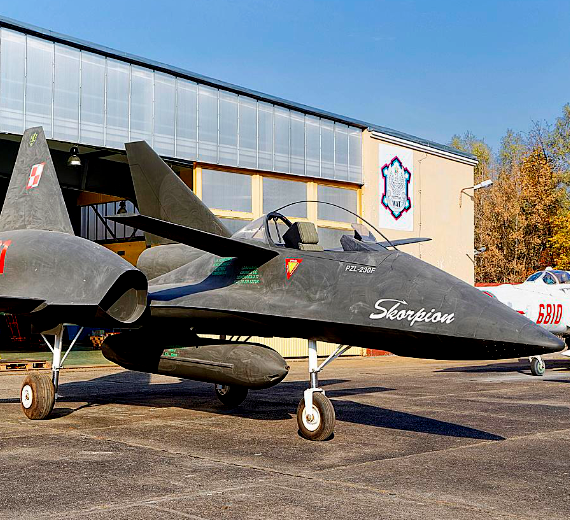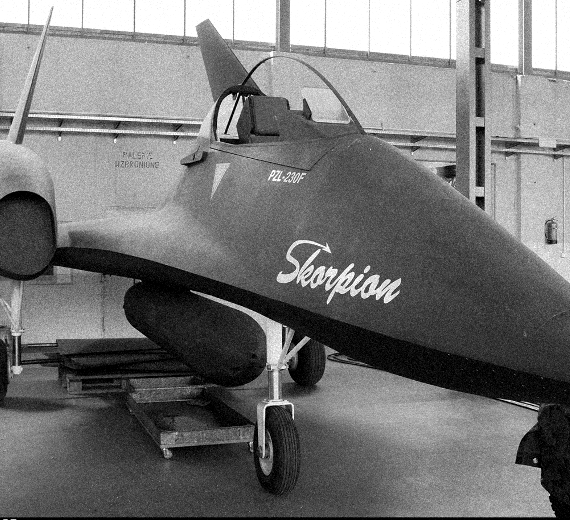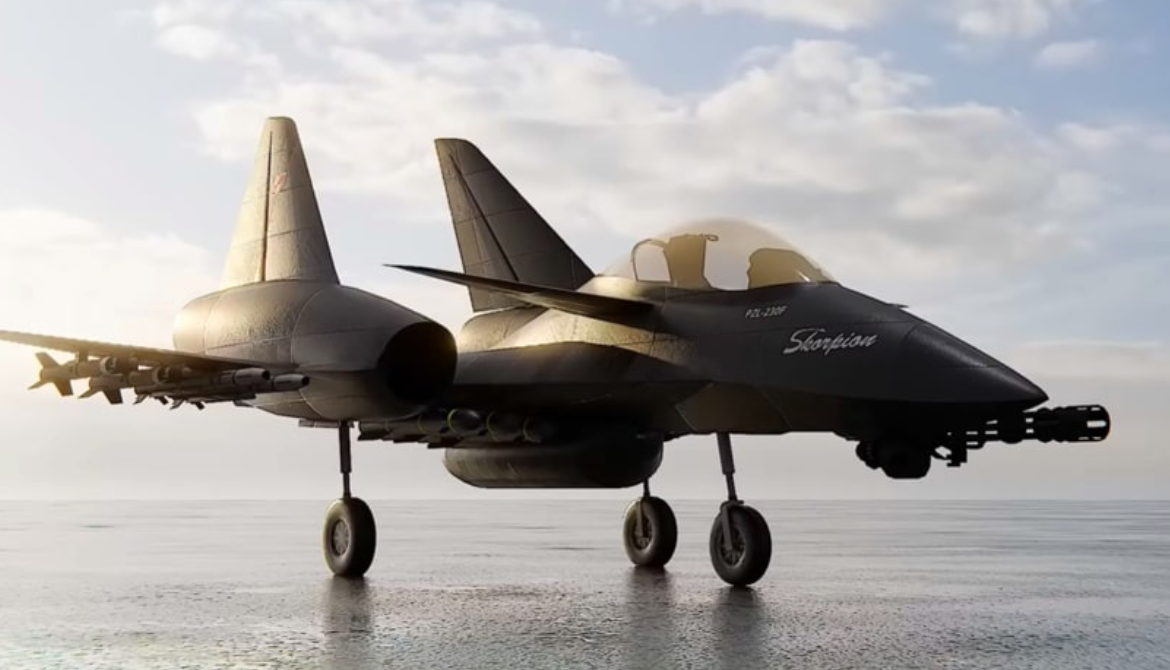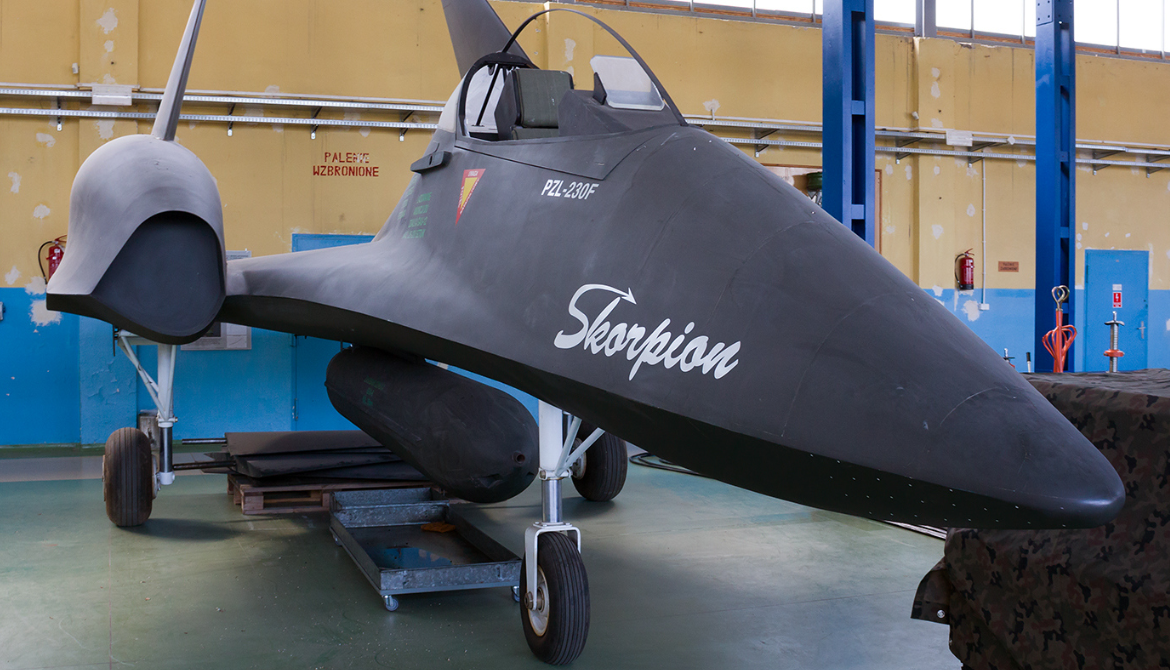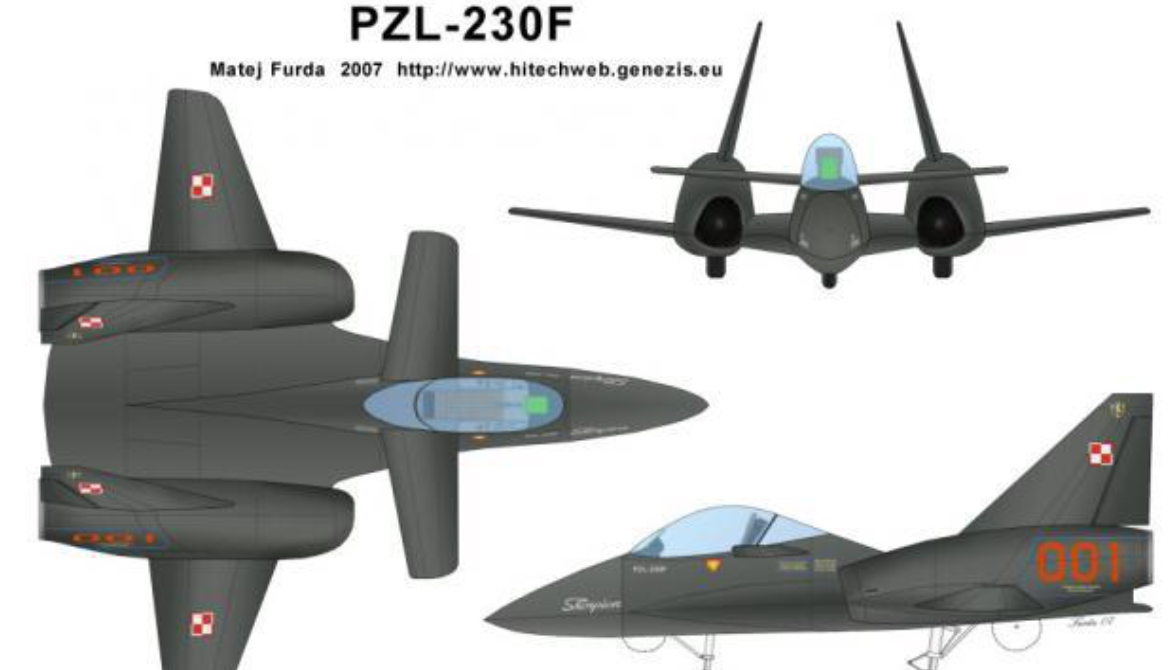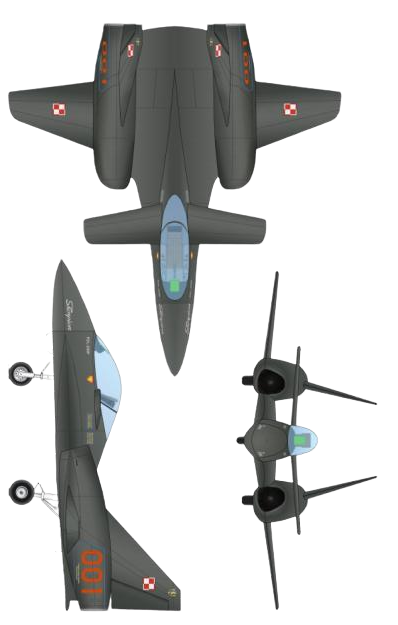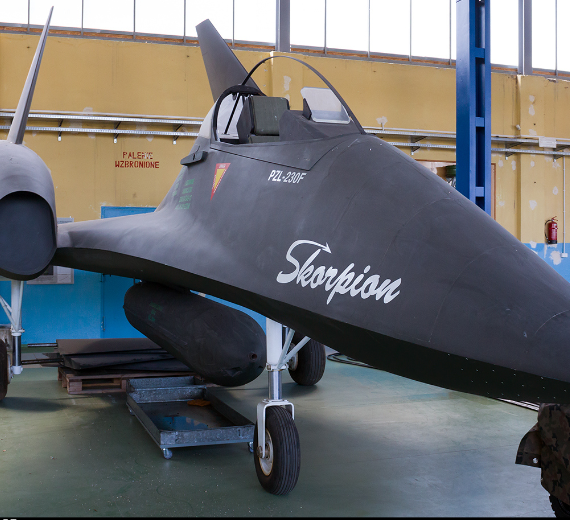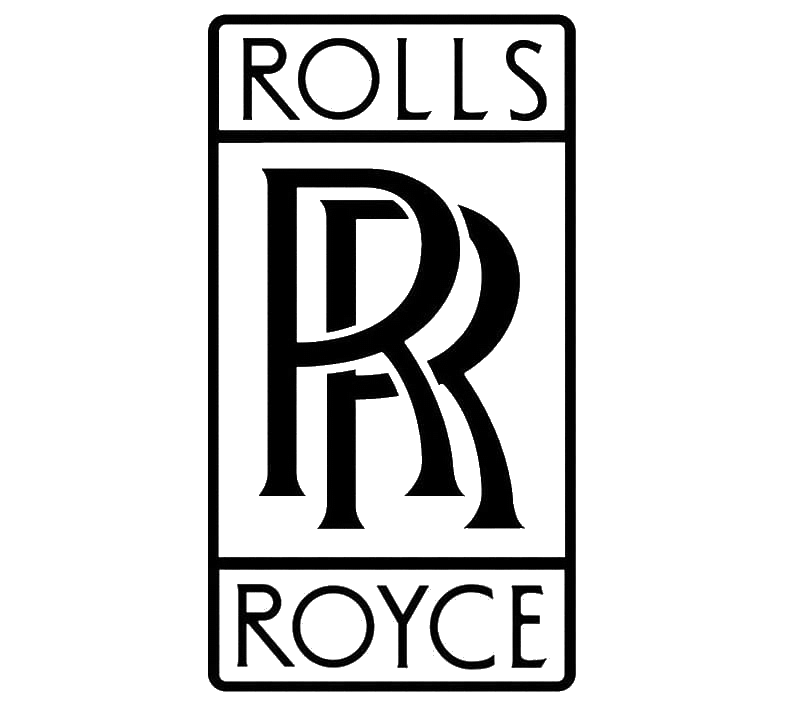.
History WSK "PZL-Mielec
PZL-230 Skorpion (scorpion)
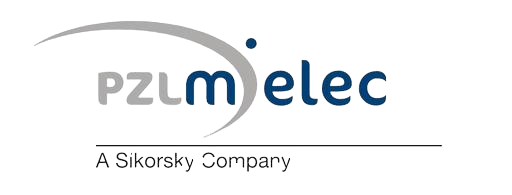
The PZL-230 Skorpion (scorpion) was a proposed Polish low-cost attack aircraft. It was being developed by Polish manufacturer PZL Warszawa-Okecie in the late 1980s and early 1990s.
In the late 1980s, PZL started developing a new aircraft intended to combine high manoeuvrability, short take-off and landing (STOL) performance, and the ability to carry a 2,000 kg payload while remaining a low-cost platform to procure and to operate. Original designs for the aircraft revolved around a twin-turboprop engine. At one point, the Pratt & Whitney Canada PT6A-67A engine was selected to power the type. However, the proposal was radically changed following a decision to submit it to a requirement issued for Polish Air Force which sought a light strike and battlefield support aircraft; accordingly, the payload was doubled and the speed was raised dramatically. The revised design was instead powered by a pair of Pratt & Whitney Canada PW305 turbofan engines. Named the Skorpion, it featured a fuselage afterbody that was blended into the wing along with a set of small canards behind the cockpit.
Development and design
Origins and early progress
According to aerospace publication Flight International, the origins of the Skorpion were within an earlier proposal for a twin-turboprop ground-attack aircraft. Reportedly, the Polish initiative had drawn some influence from a study performed by British Aerospace (BAE), known as the Small Agile Battlefield Aircraft, which was to be a relatively manoeuvrable, short take-off and landing (STOL) aircraft capable of carrying a 2,000 kg payload. Work commenced on the initiative at Warsaw-based aircraft manufacturer PZL Warszawa-Okecie during 1990. Early on, the company had several objectives for the aircraft, such as for it to be cheap and easy to construct, as well as to modify, the latter of which being accomplish via to its modular design. It also required an ability to take-off and land on a runway of about 250 m in length, travel at speeds of up to 640 km/h, be armed with a 25 mm cannon and be able to carry up to 2,000 kg of both Warsaw Pact and NATO munitions. Later versions were named 'D', and included a 'DT' training aircraft and a 'DB' combat variant.[]
Early on, the Pratt & Whitney Canada PT6A-67A turboprop engine was selected to power the type; these were to be mounted in a pusher configuration on either side of the rear fuselage. Reportedly, at this point in development, the majority of the proposed aircraft's technology was to be derived from PZL Okecie's earlier PZL-130 Orlik trainer aircraft. The company chose to submit its design to the Polish Air Force for a light strike and battlefield support aircraft..0
KmCeiling
0
KmCombat RANGE
0
Km/hAircraft Speed
0
Max Crew
Photo Gallery
WSK "PZL-Mielec
PZL-230 Skorpion (scorpion)


WSK "PZL-Mielec
PZL-230 Skorpion (scorpion)
General Info
-
-
- Crew: 1 (pilot)
- Length: 10 m (32 ft 10 in)
- Wingspan: 12.1 m (39 ft 8 in)
- Height: 4.2 m (13 ft 9 in)
- Wing area: 25.4 m2 (273 sq ft)
- Gross weight: 11,000 kg (24,251 lb))
-
Powerplant
-
None
-
Performance
- Maximum speed: 1,000 km/h (620 mph, 540 kn)
- Maximum speed: Mach 0.85
- Combat range: 300 km 190 mi
- Service ceiling: 12,000 m (39,000 ft)
- Rate of climb: 90 m/s (18,000 ft/min)
- Takeoff distance: 300 metres (980 ft)
Armament
- None
.
Links to Youtube & Others
Early on, the Pratt & Whitney Canada PT6A-67A turboprop engine was selected to power the type; these were to be mounted in a pusher configuration on either side of the rear fuselage.
PZL-230 Skorpion (scorpion)
A total of three rival concepts, ranging from radical to relatively conservative and with varying degrees of international participation.
Youtube Link
A total of three rival concepts, ranging from radical to relatively conservative and with varying degrees of international participation.
